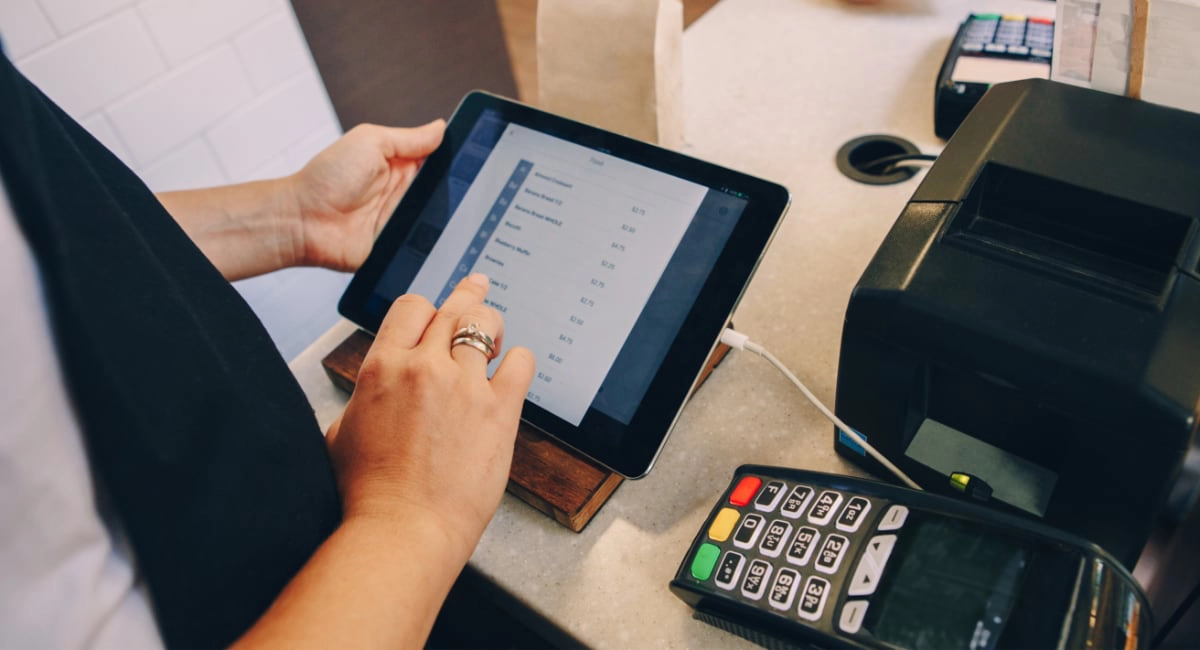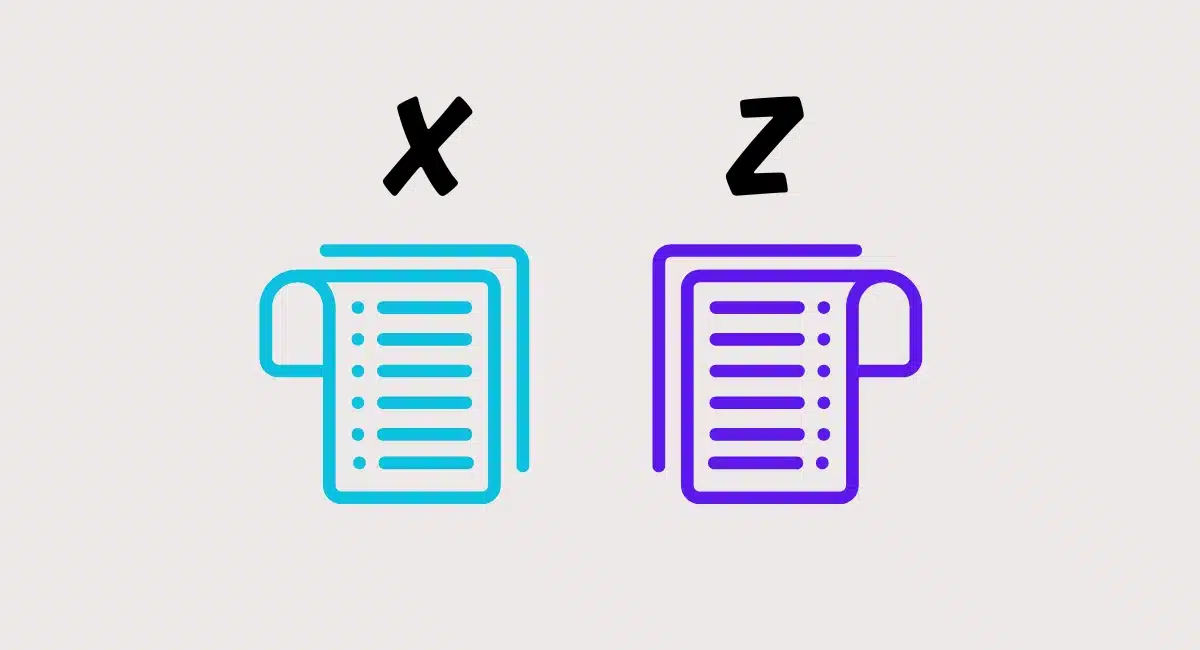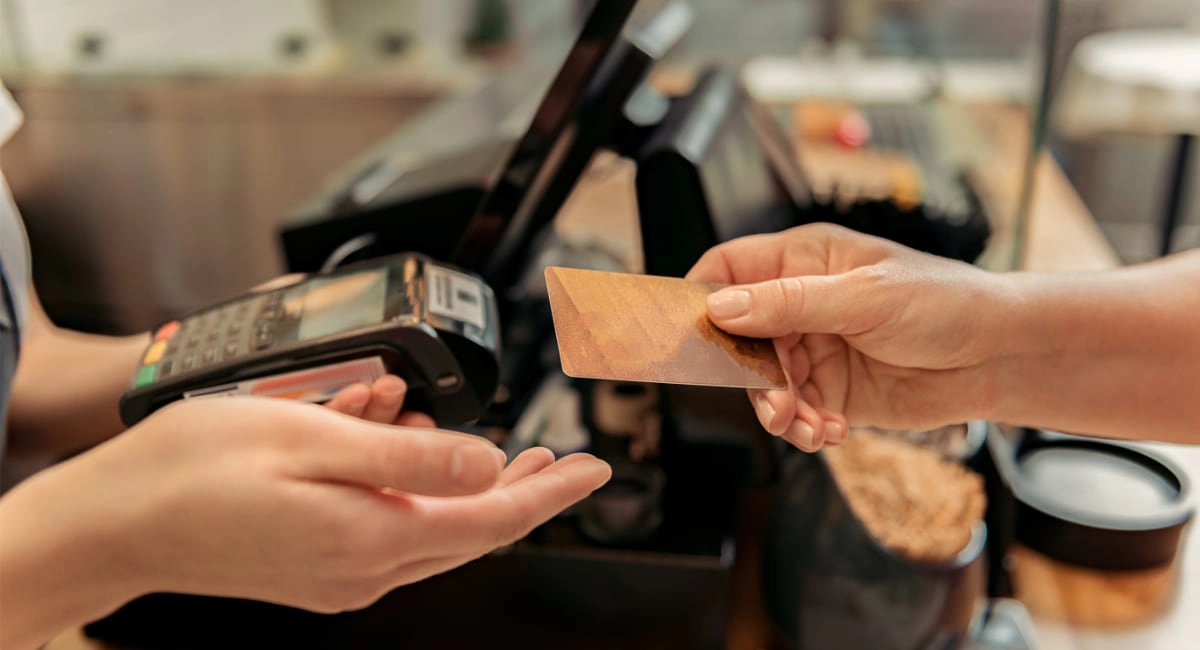You often see POS providers emphasise how their cloud-based EPOS keeps everything synced in the cloud, updated automatically and stored on the most secure servers in the world. All good, but what if your internet is unreliable?
Some industries are particularly sensitive to interruptions in the till system, for instance busy bars, restaurants and coffee shops – or any high-volume shop at all. If you can’t process orders or transactions when the customer is there, you’re basically losing sales.
There are some 100% cloud-based POS systems that do not work at all during internet downtime. Other options do, though, but it is likely not all functions will run as when it is online.
If you can’t rely on the local WiFi or internet connection, how can you ensure your POS system is running smoothly? What offline functionality should you look for in a new till system?
Need to buy POS equipment? Here’s how much a POS system should cost
100% web-based POS systems
If your POS system is completely cloud-based, it only works when it’s connected to the internet. That makes it important to have a backup internet connection if you want to avoid interruptions at the till.
It also means there won’t be a functioning offline mode, so instead of gauging what would work offline, you should focus on the hardware and internet infrastructure on your premises.
Possible solutions to ensure the POS is running smoothly:
How does fully cloud-based POS work?
Data are stored on remote servers owned and/or managed by the POS provider. The POS application is also run entirely through these servers, so even though you have the till app saved on your mobile device or computer, the functionality works purely through the cloud.
- Some businesses have two or more different internet connections on their premises. Although it can seem like a stretch with two broadband providers, it’s worth considering what the lost sales would amount to if the system was down during a busy time of the day.
- Get a WiFi dongle, or several. These can cost around £5-£90 each, and then you pay for a data plan.
- Your smartphone can be set to ‘WiFi hotspot’ to allow your POS tablet to use the phone’s WiFi. This may be expensive if you’re on a limited data plan on the phone and your POS software uses lots of data, so if you’re opting for this, go for a data plan that doesn’t end up costing more than the losses you would have without it.
- If the issue isn’t always lack of connectivity, but also a weak WiFi reception, you can strategically place WiFi boosters or extenders around your premises so your main tills always have a strong connection. Certain walls can block WiFi, so if walls are in between your router and till area, such devices could be essential to set up.
If you’re unsure which POS software is wholly cloud-based, it’s wise to ask the provider directly about this before you commit to a possible contract.
Cloud and hybrid POS options? See our overview of leading till software
Hybrid POS systems
Hybrid POS systems store some data on your hard drive and some in the cloud. If the internet goes, most hybrid systems are able to keep working smoothly, but not all functions will work – and this is where it pays off to find out from the POS provider what will and will not work in offline mode.
Features that usually do not work offline require syncing with other devices, submitting information to the cloud system for processing or using information not available on the POS tablet or computer. For example, you can’t order stock from a vendor through the EPOS software without submitting it online (how else would an external vendor receive the order?).
It varies between POS systems how much you can use the software without WiFi, and what features exactly are affected. Here are some important things to consider about offline mode:
- Can you log in to the POS app if you’re logged out when the internet goes? Some apps cannot log you in without verifying user details online, effectively deeming the software useless if you happen to be logged out.
- Can you access your customer library in offline mode? If you need to attach transactions to customers in your database or look up their loyalty status, this could be important.
- What payment methods can you accept offline?
How does hybrid POS work?
Hybrid POS stores data both on your local device and external servers through the internet. By using your browser cache (memory in internet browser), the app relies on your device to keep functions working if the internet disconnects. When it’s online, the app will function through the cloud either all the time or periodically to keep everything up to date in the cloud.
- If you’re dealing with a large inventory library, it’s worth checking whether all your products and associated details are accessible offline.
- Generally, find out what the software cannot do offline rather than what it can do. It’s easy to miss crucial shortcomings if you just focus on the advertised can-dos in offline mode. You could write down what functions should always be working in your shop, then check that each of these work offline.
Several hybrid EPOS systems (e.g. TouchBistro) allow you to set up an onsite server to keep multiple tills synced at all times. These systems use the server (could be a standalone server or computer hard drive) to keep all your tills synced up, so if one till processes a food order, another one on your local network can get information about this order to e.g. prep the meal for the customer.

Picking card as payment method in the POS app may work in offline mode, but cards are only truly processed online.
Card payments in offline mode
Card payments generally require an internet connection to connect with the payment company and verify the card. Although possible to read a debit or credit card offline, it’s not until you reconnect with the internet that the system uses the stored transaction data to carry out the actual card processing (even when the customer is not present).
When that happens, you should be able to see if the payment went through. Some may not be successful. That’s a risk you’re taking by accepting cards offline, so do be wary that taking lots of card payments without a connection could lead to some losses for your business.
A way around this is to get a spare, standalone card reader that works on a basic phone reception (SumUp 3G is a popular choice at the moment) or wired broadband connection, not just WiFi. Even if this isn’t integrated with the till, you can successfully accept the payment through the card reader on the spot, then manually indicate in the POS system that it was a card transaction.




